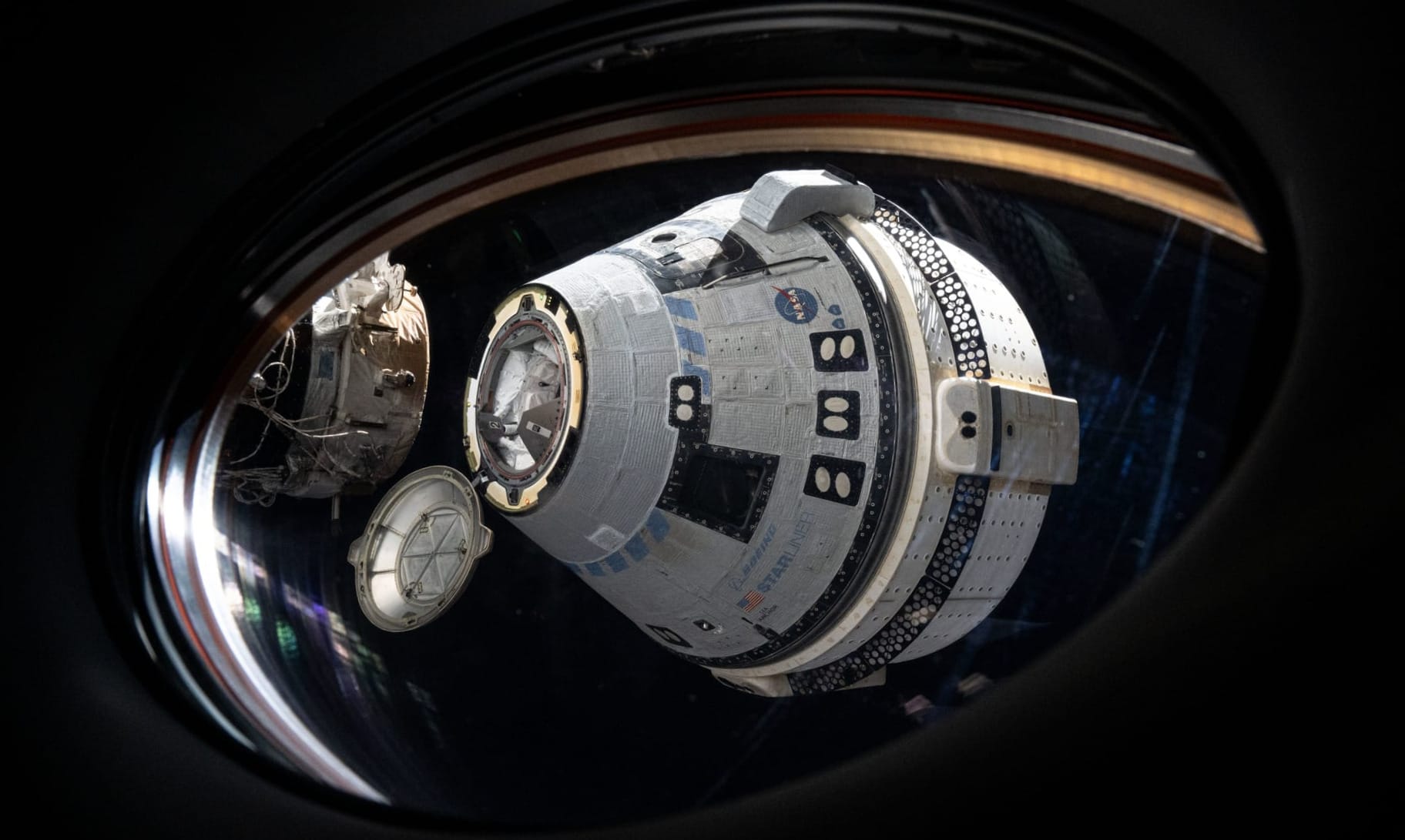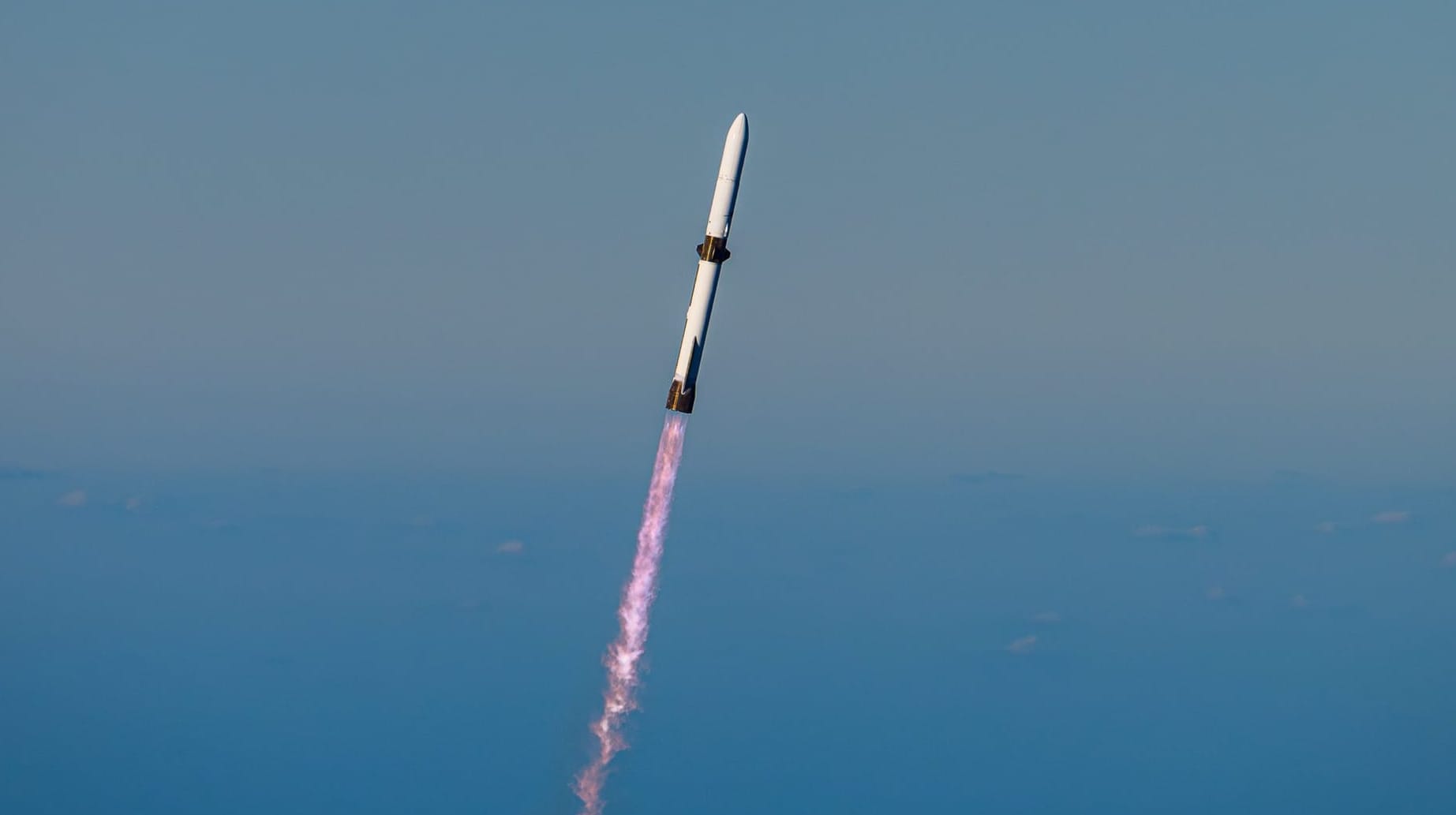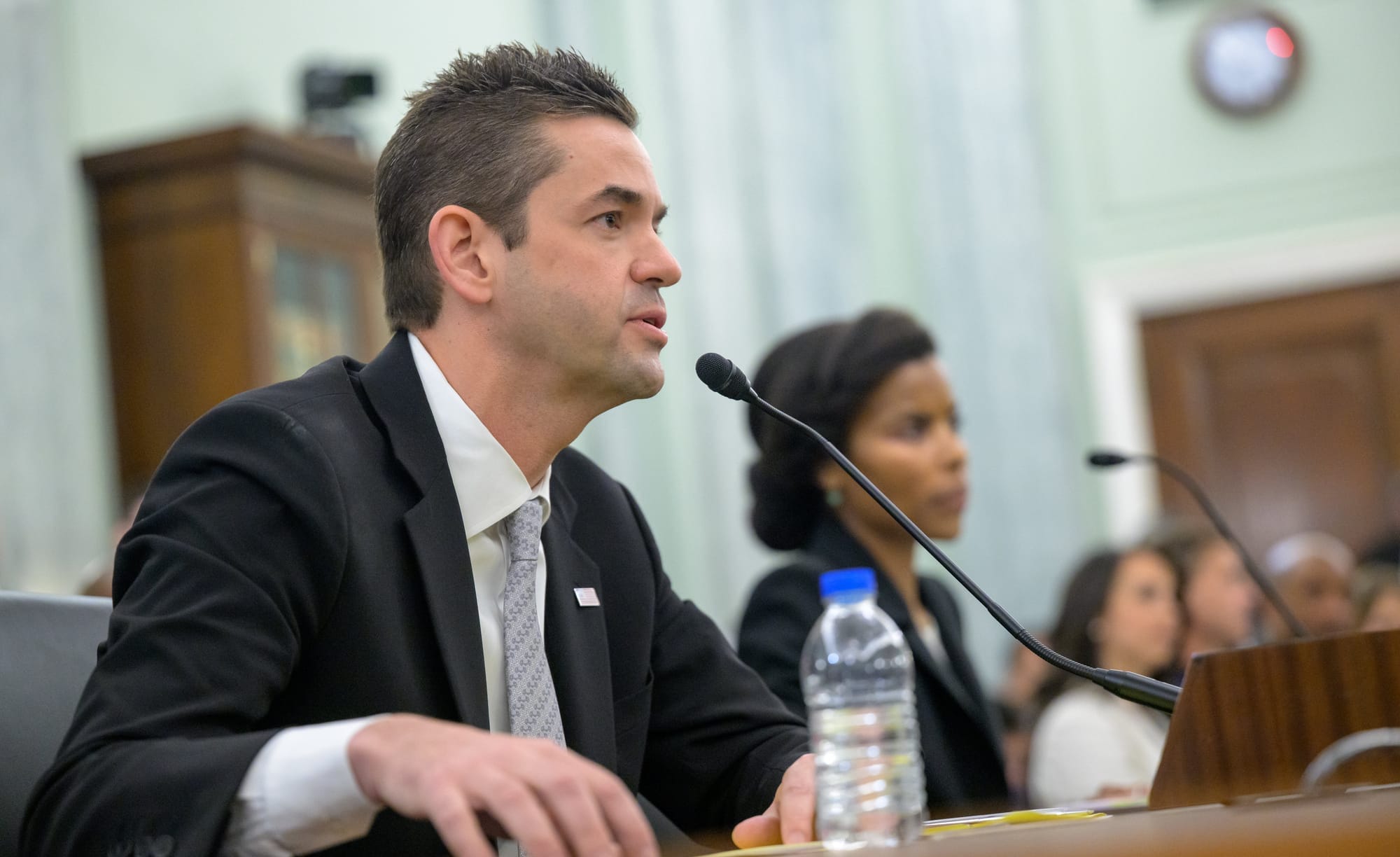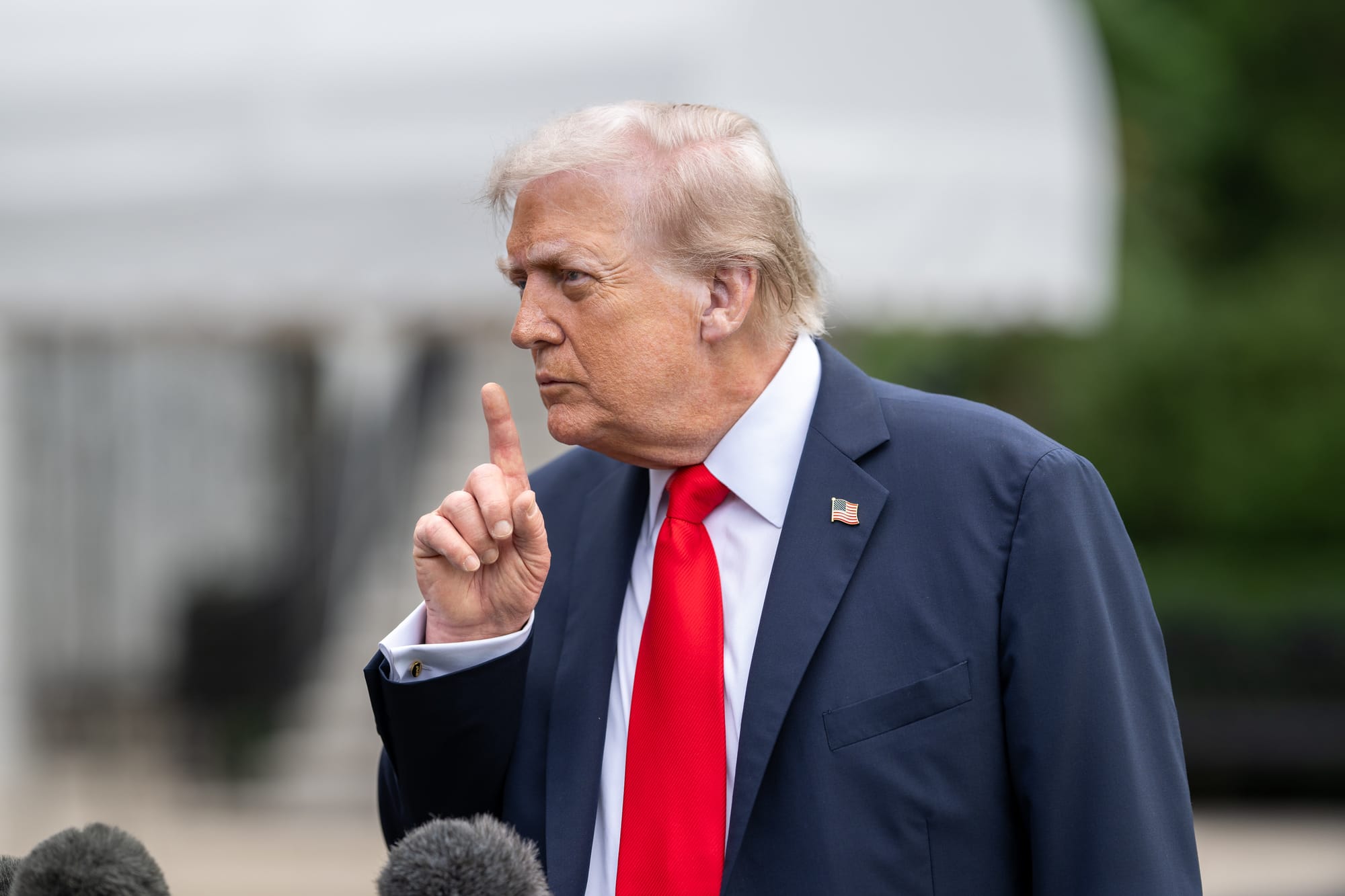Table of Contents
NASA announced on November 24th that it and Boeing have agreed to modify the Commercial Crew Transportation Capability contract relevant to the Starliner spacecraft. That modification is reducing the number of missions contracted to head to the International Space Station.
As part of the announcement, it was disclosed that Starliner's next flight, for the Starliner-1 mission in April 2026, will no longer have astronauts on board. Instead the spacecraft will carry cargo, restocking space station supplies and delivering new experiments. Alongside acting as a cargo delivery, the Starliner-1 mission will validate improved systems, which had issues in the second half of 2024.
NASA’s Manager of the Commercial Crew Program, Steve Stich, explained the reasoning for modifying the contract as:
"This modification allows NASA and Boeing to focus on safely certifying the system in 2026, execute Starliner’s first crew rotation when ready, and align our ongoing flight planning for future Starliner missions based on station’s operational needs through 2030."
If Starliner-1 is successful, the following Starliner-2 mission will carry astronauts for the first of three contracted crew flights to the International Space Station. That means, with the modified contract, Boeing will be paid for four Starliner missions between 2026 and 2029, with one mission per year.
Originally, Boeing had been contracted to fly up to six operational crewed Starliner flights. So far, the spacecraft has flown three times with only one complete success. Its first mission flew in December 2019 for an uncrewed test flight that failed to reach the space station, but returned to Earth afterward. The next mission was successful, taking place in May 2022 to reattempt the uncrewed test. Most recently, between June and September 2024, Starliner flew its crewed flight test with two astronauts, but returned to Earth without them due to thruster issues and a helium leak. Those astronauts returned to Earth in March 2025 on board a SpaceX Crew Dragon.
With two Starliner missions now withdrawn by NASA, the spacecraft's launch vehicle, United Launch Alliance's Atlas V, has two unallocated sets of flight hardware. That hardware includes a standardized first-stage, two solid rocket boosters, and a specially modified second-stage to include two liquid hydrogen-burning RL10C-1 engines. What now happens to those launch vehicles is unknown, as United Launch Alliance has yet to disclose relevant information. Of course that hardware may find a path to flight if Starliner-1 goes awry.
Boeing is also one of two remaining customers using Atlas V before its retirement, delaying it out to 2030 too. The other customer is Amazon with its 'Leo' constellation.
Further reliance on SpaceX
As a consequence of modifying Boeing's contract, NASA has increased its reliance on SpaceX and its fleet of Crew Dragon spacecraft to bring astronauts to the International Space Station. As Starliner has floundered, only Crew Dragon brings crews of four to the station every six months, with its eleventh mission currently underway.
With Starliner-1 being uncrewed, SpaceX will bag two operational missions in 2026. If Starliner-1 succeeds, Crew Dragon will fly once in 2027, 2028, and 2029 as Starliner flies alongside it, as Boeing and SpaceX alternate for crewed missions every six months.
Current reliance on SpaceX has seen the five total Crew Dragon spacecraft quickly reaching their limit of five launches and returns to Earth, for twenty-five total possible missions across the fleet. Alongside the eleven operational NASA missions and two demonstration flights, Crew Dragon has performed four missions for Axiom Space, a polar tourism flight, and two trips for billionaire Jared Isaacman. As a consequence, SpaceX and NASA are looking into flying each Crew Dragon spacecraft up to fifteen times, to triple the fleet's total mission count to seventy-five.






